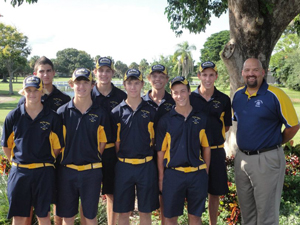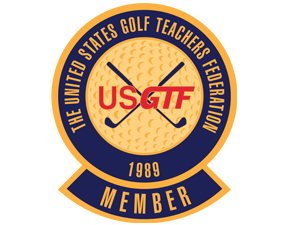Whatever happened to “for the love of the game”?
Big-name players don’t necessarily want to play in the middle of nowhere, even if it is an historic course. Golf is big business. Gone are the days when players barnstormed the country in efforts to expose people to the game or raise money for worthy causes like the war effort. Money is what it is all about now. It is the world we live in.
In a way it is a shame, but the tour has no one to blame but itself. Like anything in life, once you give something, it is hard to take it away. Players are treated pretty well on the tour. They get free cars at every stop, free food and drink each day, and huge purses to play for. You would think that would be enough. To think that an individual making millions of dollars would need more just to show up is sad actually. That it is condoned is sadder.
The question, is how do you stop it? Does anyone even want to?






